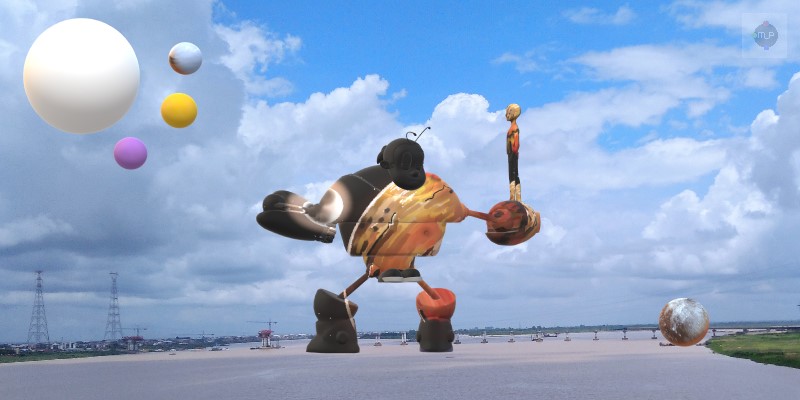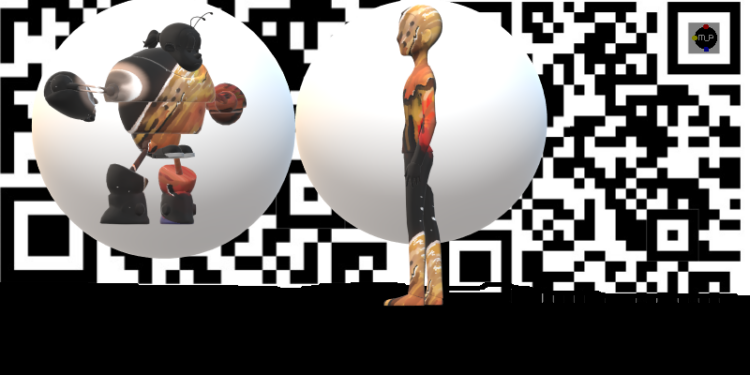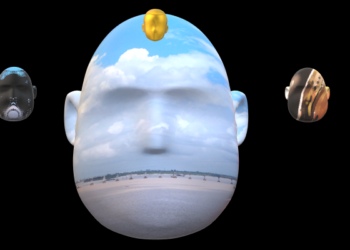The term “metaverse” first appeared in Neal Stephenson’s 1992 novel, Snow Crash. The book delves into a range of concepts, including consciousness, religion, and the potential of a digital reality. Stephenson envisions a digitally generated realm where individuals inhabit computer-generated bodies known as avatars, enabling them to exist without their physical bodies. This shared virtual space offers the freedom for anyone to lead a life different from their physical reality.
Key Takeaways
- In 1992, Neal Stephenson coined the term “Metaverse,” marking a pivotal moment in its development.
- Various creators have actively explored and expanded the conceptual boundaries of the Metaverse, significantly contributing to its ongoing evolution.
- Through an analysis of Snow Crash, we’ve curated a list of the top ten ideas that played a pivotal role in shaping earlier conceptions of the Metaverse.
The Metaverse After Snow Crash
After over two decades since the release of Snow Crash, the concept of the Metaverse is steadily transitioning from fiction to reality. Numerous ideas from the book have been explored by various creative minds, evident in James Cameron’s 2009 blockbuster movie Avatar and Steven Spielberg’s adaptation of Ernest Cline’s 2011 novel, Ready Player One, along with the 1999 thriller, The Matrix.
We will delve into several key ideas envisioned by Neal Stephenson that could significantly shape the current understanding of the Metaverse. Many of these concepts are actively employed today, while others have been adapted to align with our modern sensibilities.
Top 10 Visions of the Metaverse
Avatar: Within the Metaverse, avatars serve as the audiovisual representations individuals use to interact with each other. According to Neal Stephenson, the physical body transforms into a software manifestation—a sort of tangible hologram meticulously programmed to embody a person. These avatars are distinctive to one’s identity, allowing individuals to choose any form or shape. As Stephenson aptly put it, “You can look like a gorilla or a dragon or a giant talking penis in the Metaverse.”

Ports: Serving as gateways to the Metaverse, these function akin to airports, providing entry points to various digital realms.
The HyperCard: Resembling a business card, this avatar is a versatile data container capable of storing text, audio, video, or any digital information. Think of it as a digital storage card with limitless data capacity for pictures, podcasts, books, or collections of digital NFTs.
A Daemon: Programmed as a robotic avatar without representing a person in the Metaverse, Daemons, described by Neal as having a spirit inside a robot, execute specific tasks—from dancing and stripping to working as waiters or bouncers.
The Black Sun: An exclusive clubhouse for celebrities, elites, and Metaverse programmers (Hackers). Access is restricted to members or by invitation only.
Hackers: Comparable to programmers, these code writers brought the Metaverse to life, encompassing architects, artists, designers, and other creators.
Metavirus: Dubbed the “atomic bomb of Informational warfare” by Neal, this virus induces systems to infect themselves with new viruses.
Snow Crash: A potent drug stored in a HyperCard, Snow Crash was considered one of the most powerful substances in the Metaverse, capable of triggering the Metavirus within an exposed person’s system. Described as a fixed pattern of black-and-white pixels with high resolution.
Metaverse: Coined by Neal, this term describes a computer-generated universe accessed through augmented or virtual reality, as well as other related AR technologies.
Babel: Characterized as a gateway in our minds, Babel enables a connection between the binary world and the spiritual and physical realms. The term also alludes to its biblical meaning.
Explore how life unfolds in the Metaverse in more detail.
(Special Mention: The ideas presented in this article are based on the fictional world of the Metaverse and concepts from the novel “Snow Crash” by Neal Stephenson.)











